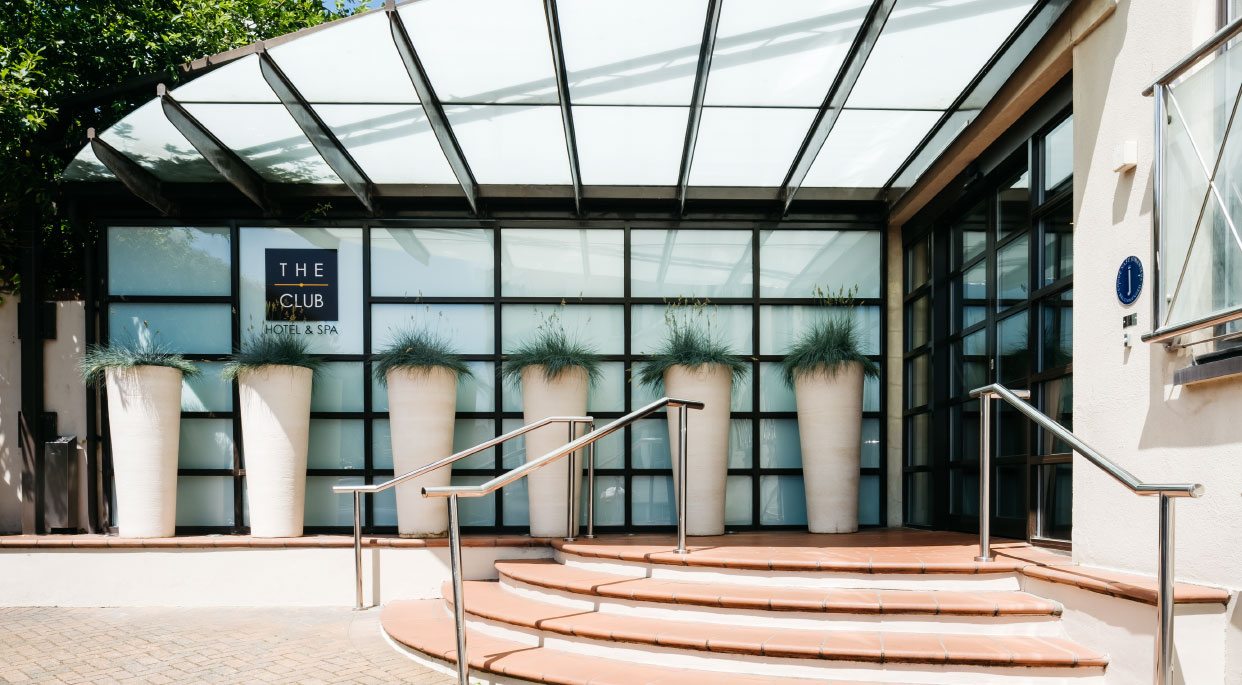There’s one thing I don’t get about the furore over Rolling Stone’s cover photo of the Boston bomber, Dzokhar Tsarnaev. I get why people are furious at the idea the magazine might glamourise a man who killed and maimed the innocent. I get that it’s a disgrace to make some one who casually murdered an eight-year-old boy look like a rock star. But what I don’t get is why anyone thinks that photograph makes Tsarnaev look good.
There he is, staring out of the magazine in soft focus, hair wild and tousled, the scruffy Johnny Depp goatee and moustache, the rocker T shirt, sure. But why is everbody missing the eyes? Those aren’t the eyes of a rock star, they aren’t the eyes of cool. They’re the eyes of an insecure boy.
Tsarnaev is trying to strike a pose in that photograph, alright. He’s playing it cool, but his eyes give him away. “Like me,” they’re pleading. “Be impressed by me. take me seriously. Fall for this facade of cool.”
And we are, we’re falling for the facade. We’ve become so conditioned to a world of carefully managed images that we look at all the wrong things. We look at the sepia tones and the blurred focus, we look at the would-be insouciant slouch, the careless grooming, and we think immediately of movie stars and rock singers, of charisma. And we completely fail to look beyond all that at the man behind it and notice that he’s anything but cool.
Look into those needy eyes. That’s not the disdainful gaze of a James Dean, or the cocksure glance of a Brad Pitt, secure in the knowledge of his sexual allure. It’s not even the troubled intoversion of a Marlon Brando, who mistrusts his own charisma.
No, that’s the diffident look of a thousand teenagers, trying so hard to affect indifference when they feel anything but. It’s the look of a boy who cares like hell what you think of him, and suspects that it isn’t very much. A boy who’s trying to tough it out.
Which is, of course, the story of Tsarnaev and his brother, two pathetic insecure kids, who were only exceptional because unlike other young people, who suffer their sense of alienation and rejection alone, they decided to inflate theirs into a grandiose sense of persecution, to conflate the trivial little humiliations and reverses of their own lives with the destiny of nations and religions.
And then there’s the police photographer who says he’s released pictures of Tsarnaev at the moment of his capture, bloodied and broken, a sniper’s red laser sight trained on his head, as a riposte to the Rolling Stone cover, to show the reality.
I suppose the idea is that this undercuts the “glamour” of the Rolling Stone image, shows Tsarnaev humiliated and defeated. But it occurs to me that in times gone by it might have been the bloodied photograph which was seen as the glamourised one — that it might be seen that way even now in much of the world, in societies more inured to war and less in love with showbiz. In Afghanistan perhaps, or Iraq. Or Syria.
It all depends what’s glamourous I suppose, a boy pouting into a camera and hoping, so hard, that it will love him, or a teenager fresh from battle, bloody and defeated. Personally, I think they’re both desperate, sad little images. Because you have to look beyond the surface, into the eyes. And then all you see is a scared kid who murdered an eight-year-old.


Sensitive and brilliant ! You looked the issue ‘in the eye’ quite literally.